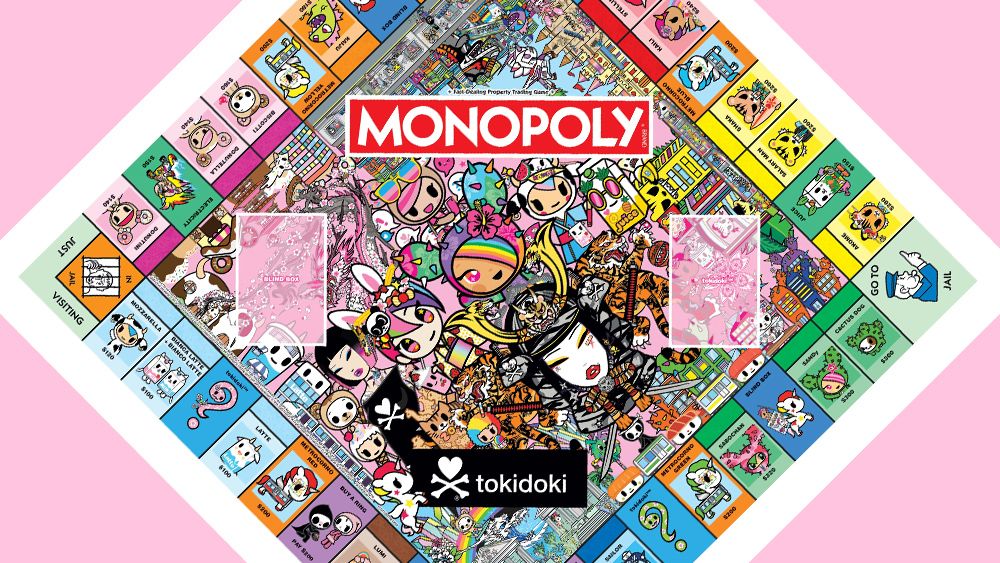A Volkswagen decidiu entrar na onda do Carro Como Serviço com o seu ID.3 BEV. Agora, além de vender carros, eles estão oferecendo um "upgrade de potência do motor" opcional. Mais uma vez, vemos fabricantes de carros tentando esse modelo de receita recorrente. Não sei, parece tudo meio monótono. As novidades estão aí, mas a empolgação... não tanto.
#Volkswagen #ID3 #CarroComoServiço #BEV #NovidadesAutomotivas
#Volkswagen #ID3 #CarroComoServiço #BEV #NovidadesAutomotivas
A Volkswagen decidiu entrar na onda do Carro Como Serviço com o seu ID.3 BEV. Agora, além de vender carros, eles estão oferecendo um "upgrade de potência do motor" opcional. Mais uma vez, vemos fabricantes de carros tentando esse modelo de receita recorrente. Não sei, parece tudo meio monótono. As novidades estão aí, mas a empolgação... não tanto.
#Volkswagen #ID3 #CarroComoServiço #BEV #NovidadesAutomotivas
1 Σχόλια
·0 Μοιράστηκε
·0 Προεπισκόπηση
















